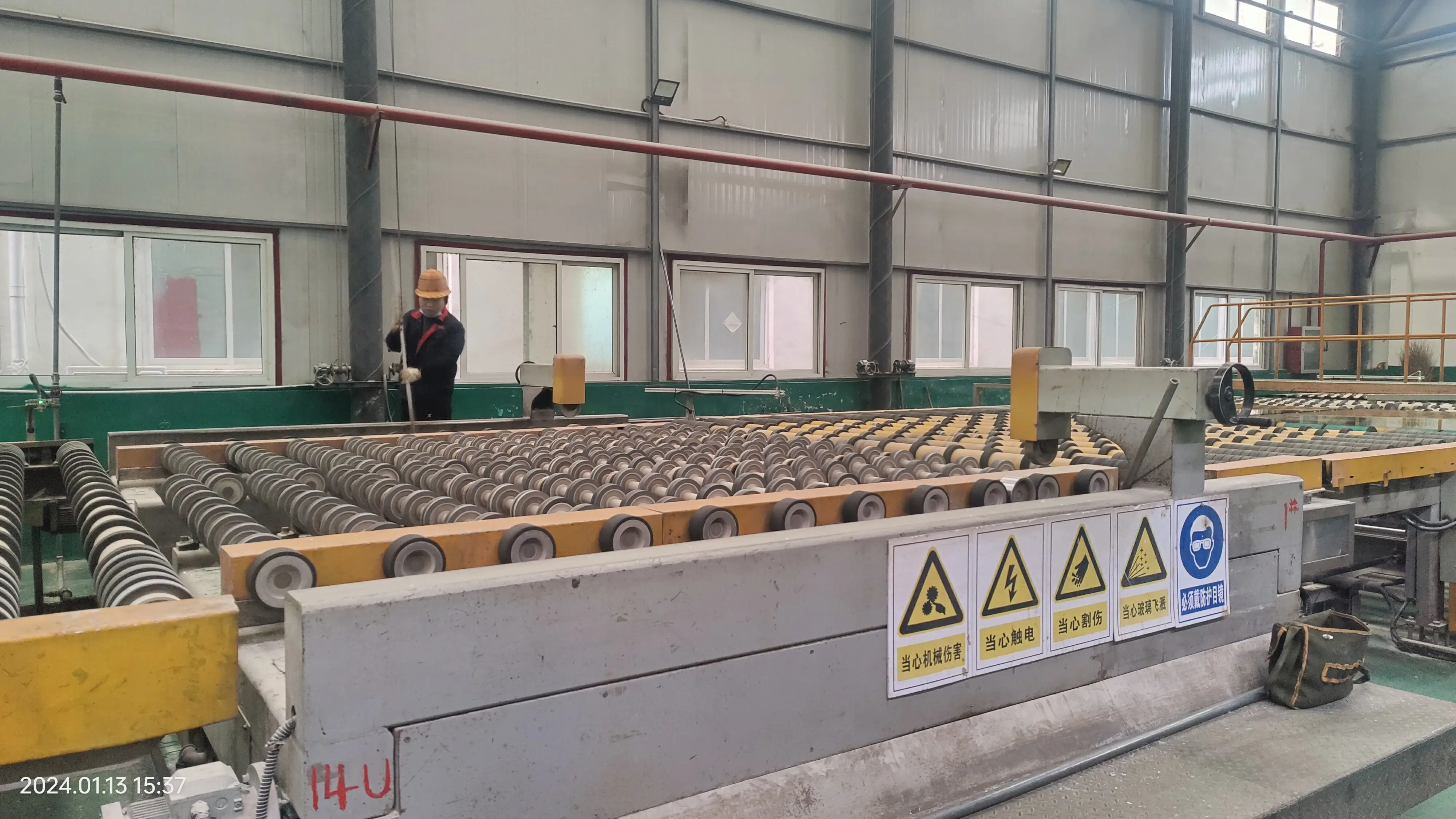

The Allure of Blue Low-E Glass A Blend of Beauty and Efficiency
In recent years, the architectural world has witnessed a remarkable surge in the popularity of blue low-emissivity (low-e) glass. This innovative material is revolutionizing the way we think about windows and façades, combining aesthetic appeal with energy efficiency. As concerns about energy consumption and environmental impact grow, blue low-e glass emerges as a prominent choice for modern buildings.
Low-e glass is a type of energy-efficient glass that has a microscopically thin coating on one side. This coating reflects heat while allowing natural light to penetrate, making it an essential component in sustainable design. The blue aspect comes from its unique tint, which not only enhances the visual quality of buildings but also optimizes energy performance. These qualities make blue low-e glass an excellent option for residential, commercial, and industrial applications.
The Allure of Blue Low-E Glass A Blend of Beauty and Efficiency
Moreover, blue low-e glass offers superior UV protection. Prolonged exposure to ultraviolet rays can cause fading of interior furnishings and decor, leading to costly replacements. Low-e glass filters out a substantial amount of UV radiation, safeguarding the interior spaces and preserving the integrity of textiles, artwork, and wooden surfaces. This aspect is particularly beneficial for settings such as galleries, museums, and homes with significant investments in valuable possessions.

From a design perspective, blue low-e glass introduces an elegant and modern aesthetic to buildings. Its serene bluish hue can create a striking visual impression while harmonizing with various architectural styles. This glass not only enhances the exterior of a structure but also contributes to an inspiring indoor atmosphere. The natural light it allows can foster a sense of openness and well-being in residential and commercial spaces alike.
Sustainability is at the forefront of modern architectural practices, and blue low-e glass aligns perfectly with these values. Many architects and builders are now prioritizing materials that reduce energy consumption and environmental impact. Utilizing blue low-e glass can contribute to achieving LEED (Leadership in Energy and Environmental Design) certification, an esteemed recognition for sustainable building practices. By choosing this glass, builders demonstrate their commitment to eco-friendliness while meeting the aesthetic demands of contemporary architecture.
Furthermore, the versatility of blue low-e glass allows it to be integrated into various types of construction. Whether used in large office buildings, residential homes, or industrial facilities, its energy-efficient properties remain consistent. It can be customized for double or triple glazing, enhancing insulation performance even further. This adaptability makes it a favored choice among architects and builders who aspire to create sustainable, visually appealing structures.
In conclusion, blue low-e glass represents a significant advancement in the fields of architecture and sustainability. By combining exceptional energy efficiency with aesthetic beauty, it addresses the essential needs of modern building design. As we move towards a future that values sustainability and innovation, blue low-e glass stands out as a prime example of how materials can contribute to both form and function. Embracing this technology not only transforms our living and working environments but also supports a more sustainable world.